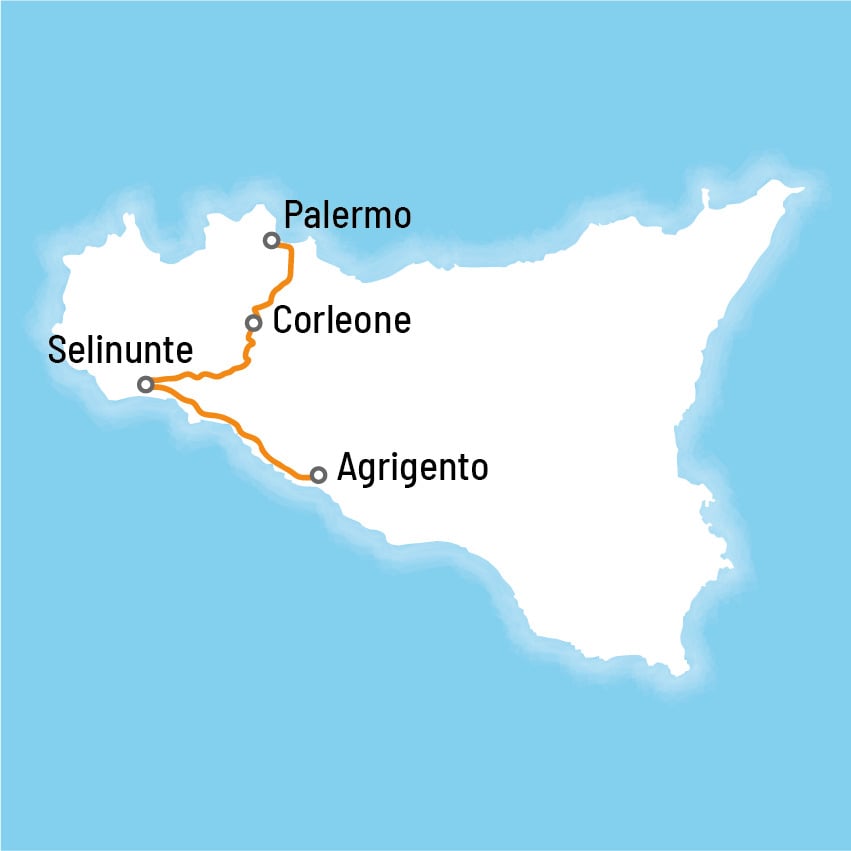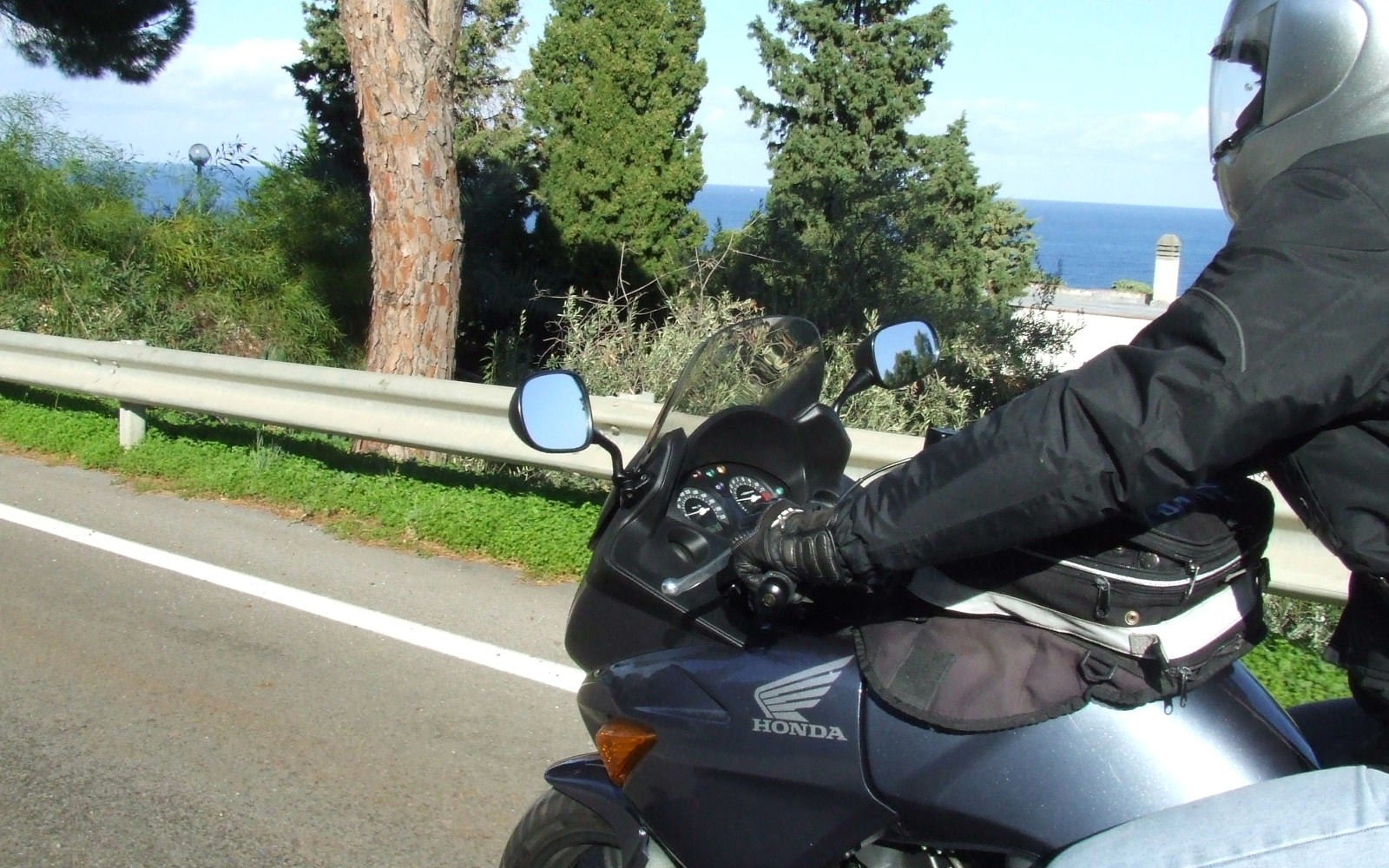Palermo
The patron saint of Palermo is Santa Rosalia, who is still widely venerated. On 14th of July, people in Palermo celebrate the “Festino”, which is the most important religious event of the year. The Festino is a procession in the main street of Palermo to remember the miracle attributed to Santa Rosalia who, it is believed, freed the city from the Black Death in 1624. The cave where the bones of Santa Rosalia were discovered, is on Monte Pellegrino (see above): when her relics were carried around the city three times, the plague was lifted. There is a Santuario marking the spot and can be reached via a scenic bus ride from the city below.
Corleone
Corleone is a small town in the province of Palermo. The name of the town was also used as surname of the main character in Mario Puzo’s book and Francis Ford Coppola’s fi lm, The Godfather. The father of Michael Corleone (played by Al Pacino), Don Vito (played by Marlon Brando in The Godfather and Robert DeNiro in The Godfather, Part II) emigrated to the United States from Corleone. In real life, Pacino’s grandparents emigrated from the town of Corleone in the same generation as Don Vito Corleone does in the film.
The Mother Church dedicated to St. Martin Bishop was initiated in the late 1300’s. Its present look is the result of numerous changes and refurbishments. Its interior has nave and aisles divided into various chapels containing precious art pieces.
Selinunte
According to the Athenian historian Thucydides, Selinunte was founded by people from Megara Hyblaea, a city on the east coast of Sicily, in the 7th century BC. The city had a very short life (about 200 years). During this time its population grew to a total of about 25,000. A wealthy trade center, Selinunte was envied by the Carthaginians. Selinunte had an almost permanent confl ict with Segesta, which allied itself with Athens. However, the Athenians were defeated by the Syracusans, and Segesta now asked help from Carthage. Diodorus Siculus tells that the Carthaginian commander Hannibal (not to be confused with his more famous namesake), in 409 BC destroyed Selinunte after a war that counted about 16,000 deaths and 5,000 prisoners. The city was besieged for nine days by an army of 100,000 Carthaginians.
Agrigento
The Valley of the Temples rises southernmost, on the traces of the old town and includes many temples built in the 5th century BC. Walking along the path you can find:
- The temple of Concorde; the only temple still standing in its whole.
- The temple of Castor and Pollux; tributed to Leda and Zeus’s twins.
- The temple of Olympian Zeus was built in the 5th century BC and dedicated to Zeus
- The temple of Heracles; was built to commemorate the soldiers died during the Second Punic War.
- The temple of Hera Lacinia (Giunone).


